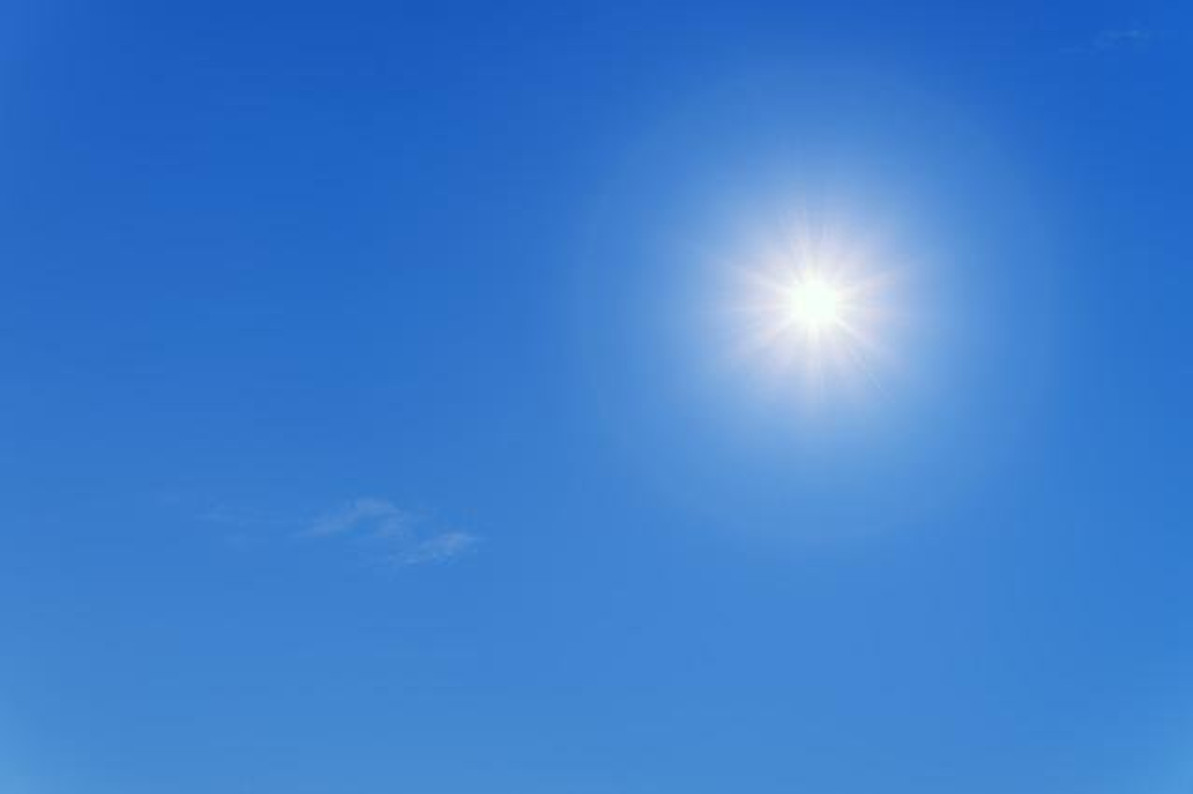5 Common Myths About Heatstroke
Heatstroke is a serious illness that's responsible for hundreds of deaths each year in the United States. Also known as sun stroke, it involves the body temperature rising to a temperature of 104 degrees Fahrenheit or above. Heatstroke, of course, is most common during the summer. When spending time outdoors during the summer, you should take precautions to protect yourself from heatstroke. With that said, there are certain myths about heatstroke that you shouldn't believe.
Myth #1) Heatstroke Is the Same as Heat Exhaustion
While they are both classified as heat-related illnesses, heatstroke and heat exhaustion aren't the same. Heatstroke is a more severe heat-related illness. It specifically involves a body temperature of at least 104 degrees Fahrenheit. Heat exhaustion, in comparison, is the body's response to dehydration and a loss of salt due to excessive sweating.
Myth #2) You're Safe If You Stop Sweating
Some people assume that they are safe from heatstroke if they stop sweating. They believe that sweating indicates their body is overheating, and after they stop sweating, they assume they are no longer at risk for heatstroke. Your body temperature, however, may continue to rise even if you stop sweating. Sweating actually helps to regulate the body temperature. If you stop sweating, your body temperature may rise more quickly while placing you at risk for heatstroke.
Myth #3) Taking a Bath in Cold Water Is Counterproductive
If you feel your body temperature rising, you can take a bath in cold water. In the past, it was believed that bathing in cold water was counterproductive at treating heatstroke. Some people believed that bathing in cold water would prevent the body from releasing its trapped heat. But this myth has since been debunked. Taking a bath in cold water can help regulate your body temperature.
Myth #4) Only Athletes Are at Risk
Another common myth is that only athletes are at risk for heatstroke. Athletes can certainly suffer from heat-related illness, but heatstroke can affect other individuals as well. Statistics, in fact, show that the risk of death associated with exercise-induced heatstroke is less than 5%, whereas the risk of death associated with non-exercise-induced heatstroke is up to 65%.
Myth #5) Doesn't Cause Shivering
It may sound unusual, but heatstroke may cause shivering. Heatstroke is characterized by a dangerously elevated body temperature. If your body can't cool itself down, you may experience a variety of symptoms, one of which is shivering.
Recent Posts
-
Fire Safety in the Workplace: What You Need to Know
What steps are you taking to prevent fires in your workplace? According to the U.S. Occupational Saf …Aug 23rd 2023 -
Is It Safe to Go Jogging With a Cold Infection?
If you're suffering from a cold infection, you might be wondering whether it's safe to go jogging. T …Aug 22nd 2023 -
5 Safety Tips to Follow When Using a Powder-Actuated Tool
Powder-actuated tools are commonly used to join materials to steel and concrete. Also known as Hilti …Aug 20th 2023




